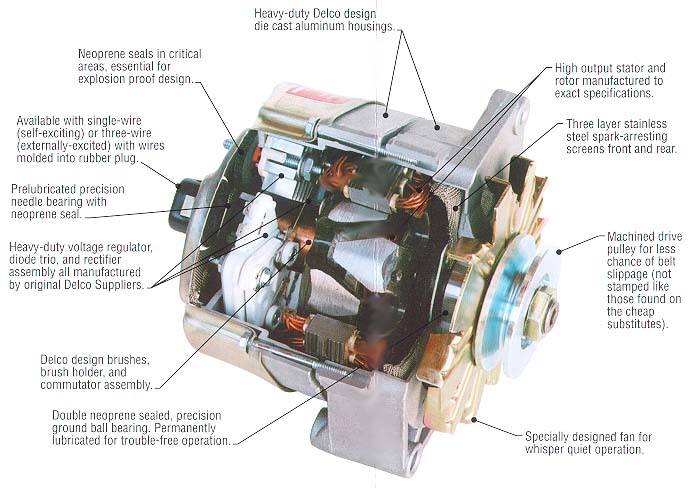I would say around 30" for a stock truck, assuming a proper bow wave is created. Recommendations and technique below.
Enter slowly and increase speed into the crossing up to the point that there is a wave directly in front of the front bumper. This will create a trough behind it that will keep the water level lower in the engine compartment. Do not shift gears, do not stop, do not linger any longer then you need to.
I would recommend making sure that the rear diff breather is free of debris before entering the water. This will allow it to close properly after it has stabilized the pressure, preventing water ingress into the rear axle.
The air intake is, as mentioned, in the passenger side front fender, above the wheel well. This location is pretty good, but it is important to create the aformentioned bow wave. It is very important to enter the water slowly. A large splash can have bad side effects. These effects include flooding the area where the air intake is located, damaging the radiator due to the weight of the water pushing through the front, and allowing enough time for drivetrain components to equalize pressure before their breathers are submerged.
Now, all that said, you have two more weak points, one of which you can protect yourself from. On the passenger side near the floorboard, below the dash is a wiring inlet. Right below it is where your computer is mounted. I would recommend spreading sealer around this rubber seal to protect your computer from getting wet while in the water. Make sure your weather stripping is clean and free of dirt built up as this will compromise the seal and allow water ingress. If the computer gets wet, you are toast. Don't let it happen. Get in, get out, get back on your way. Don't play around longer then you need to in the water with a stock truck.
The other weak point is your alternator. Toyota likes to put them in a low hanging position. You will probably fry one or more during water crossings. Get used to it, carry a spare. There's not much you can do about it.



















